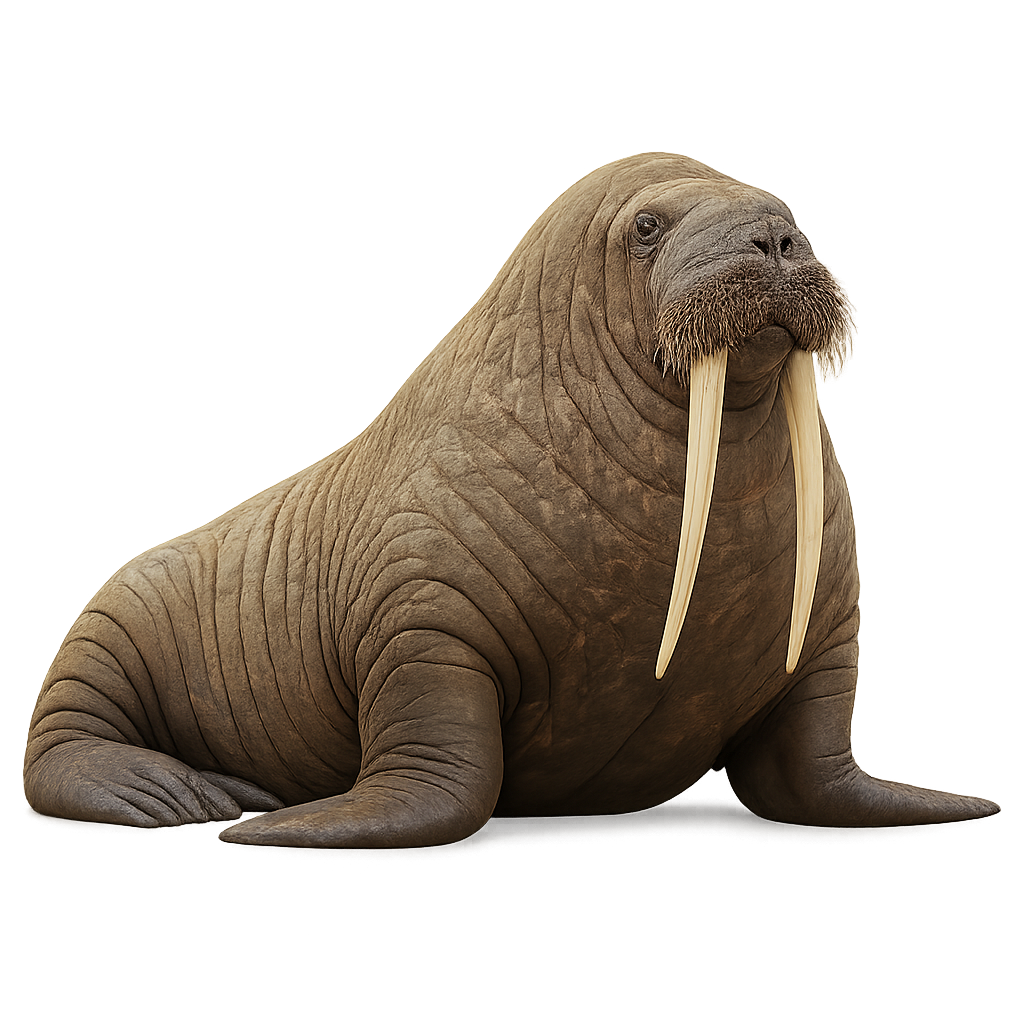Your wildlife photography guide.
Explore the walrus in detail, study its behavior, prepare your shots.
Where to observe and photograph the walrus in the wild
Learn where and when to spot the walrus in the wild, how to identify the species based on distinctive features, and what natural environments it inhabits. The WildlifePhotographer app offers tailored photography tips that reflect the walrus’s behavior, helping you capture better wildlife images. Explore the full species profile for key information including description, habitat, active periods, and approach techniques.
Walrus
Scientific name: Odobenus rosmarus

IUCN Status: Vulnerable
Family: OTARIIDAE
Group: Marine mammals
Sensitivity to human approach: Suspicious
Minimum approach distance: 50 m
Reproductive period: November to March
Duration: 15-16 mois
Births: November to March
Habitat:
Arctic and subarctic coasts, sandy beaches, and ice floes
Activity period :
Activity varies depending on season, weather, or human pressure.
Identification and description:
The Eurasian elk, known as the largest member of the deer family, is found mainly in Scandinavia, Eastern Europe, and across Russia to parts of northern Asia. It can grow up to 2 meters tall at the shoulder and weigh between 350 and 600 kg. Males are known for their broad, palmate antlers, which can span up to 1.8 meters. Their coat is usually dark brown to black, with a lighter belly and a small mane under the neck. This herbivore feeds on leaves, twigs, bark, fruits, and aquatic plants. A strong swimmer, it often forages in wetlands, lakes, and damp forests. Although populations are stable in some areas, the species remains vulnerable due to habitat fragmentation and hunting.
Recommended lens:
200 mm – adjust based on distance, desired framing (portrait or habitat), and approach conditions.
Photography tips:
To photograph the walrus, use a telephoto lens to capture its behavior on beaches or ice floes. Early in the morning or at sunset, the light is ideal. Make sure to respect the safety distance to avoid disturbing the colonies.
The WildlifePhotographer App is coming soon!
Be the first to explore the best nature spots, track rutting seasons, log your observations, and observe more wildlife.
Already 1 439 wildlife lovers subscribed worldwide

